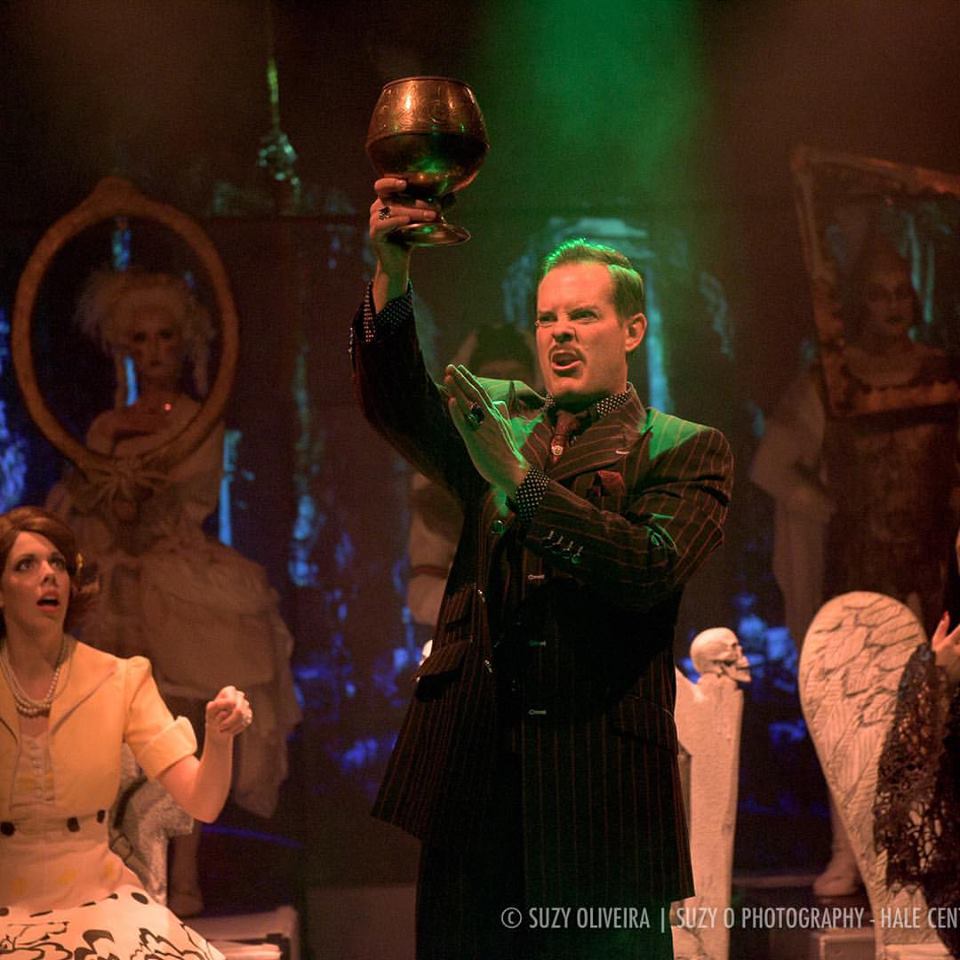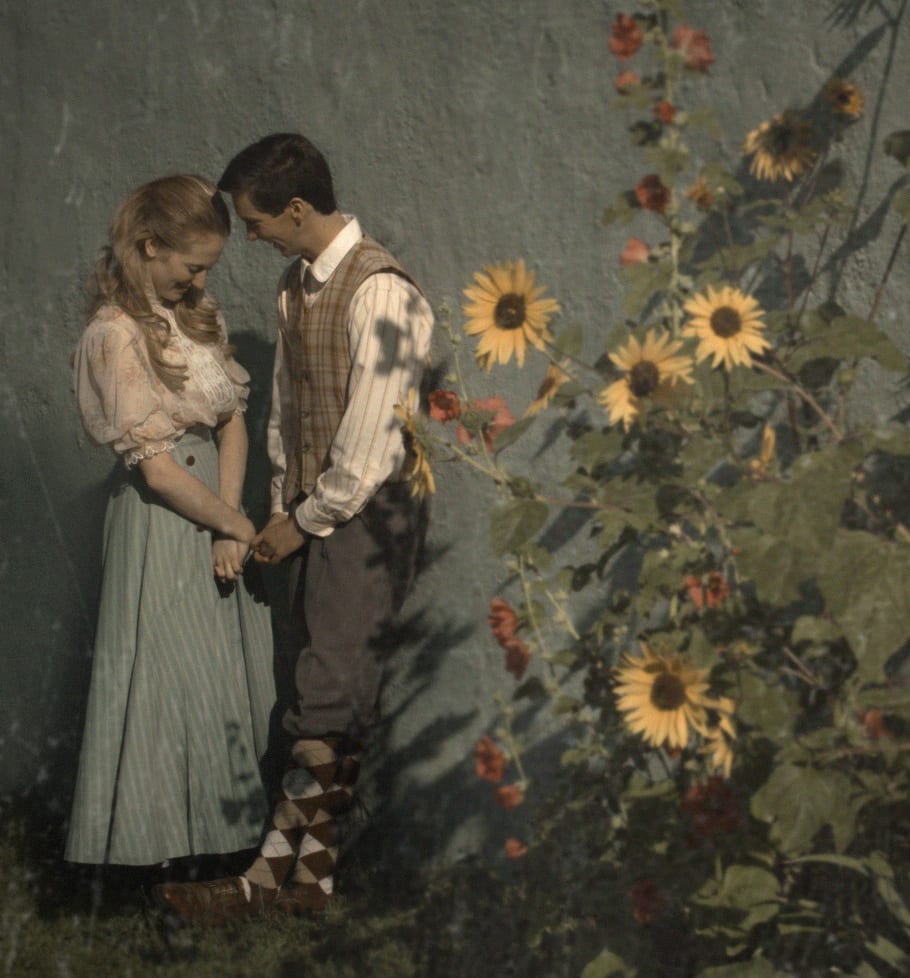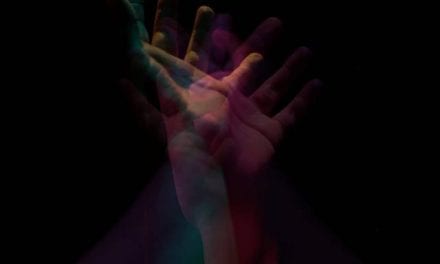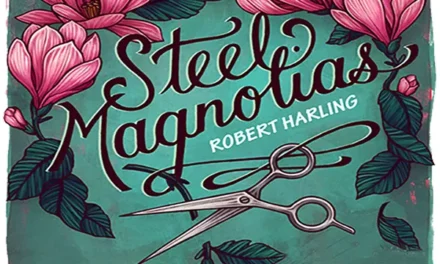OREM – When a character as classic as The Addams Family’s Uncle Fester takes the stage and begs the Addams ancestors to sing of nothing but love, what choice does composer Andrew Lippa possibly have but to deliver a score of quirky love songs, presented from an angle only Charles Addams’ characters could possibly fathom? With a book by Marshall Brickman and Rick Elice, this musical adaptation follows Gomez Addams as he struggles to honor the requests of both of the women he adores. Gomez initially commits to keeping the confidence of his daughter Wednesday who plans to introduce the Beinekes, the family of her quite normal fiancée, to the iconically strange Addams. In doing so Gomez violates the trust upon which the unending passion of his wife Morticia is founded. With a new man in Wednesday’s life, little brother Pugsley is afraid he’ll miss the bond he has always shared with his sister; never mind that this bond involves torture! And in a “grass is always greener” poke at normalcy, a traditional game of “Full Disclosure” reveals that the skeletons in the Beineke closet may be even stranger than the Addams family themselves.
Presented on Hale Center Theater Orem’s thrust stage where audience members in the front rows nearly dangle their feet onto the stage, this production of The Addams Family felt as though I was a Beineke myself, invited into the Addams mansion for dinner and The Game. This feeling started the moment I walked across the stage and past Uncle Fester (played by Daniel Fenton Anderson) and Lurch (Cleveland McKay Nicoll) providing live music on the organ and saw, respectively. It certainly didn’t hurt that many audience members felt compelled in a seemingly Pavlovian manner to provide a double snap in response to the iconic first four notes of the overture. The feeling of inclusion continued as scenes changed easily from exterior to interior and from room to room within the mansion, aided by the projections utilized in lieu of backdrops. Presumably coordinated by scenic designer Bobby Swenson and technical directors Cody Swenson and Cody Hale, these projections allowed the show to build momentum from scene to scene.
 In fact, a similar consistency was apparent in several aspects of this production. First, the costumes designed by MaryAnn Hill gave appropriate nods to audience expectations while allowing for entertaining creative flair. I particularly enjoyed noting the similarities in each of the dresses Wednesday (played by Rachel Woodward Hansen) wore; while featuring similar cut and collar, each reflected the variety of emotions with which Wednesday struggled. I also loved the different details in the ancestors’ costumes despite each being created from an identical color palette. Another example of consistency was in the crisp and clever choreography, the work of director and choreographer Dave Tinney. Tinney incorporated the Addams “snap snap,” first introduced in “When You’re an Addams,” into several numbers throughout the show. With as frequently as this show requires its characters to burst suddenly into a dance break, Tinney’s choreography gave variety, most notably through clever use of a suspended swing in “Crazier than You” and the beautiful movement of the moon in “The Moon & Me.”
In fact, a similar consistency was apparent in several aspects of this production. First, the costumes designed by MaryAnn Hill gave appropriate nods to audience expectations while allowing for entertaining creative flair. I particularly enjoyed noting the similarities in each of the dresses Wednesday (played by Rachel Woodward Hansen) wore; while featuring similar cut and collar, each reflected the variety of emotions with which Wednesday struggled. I also loved the different details in the ancestors’ costumes despite each being created from an identical color palette. Another example of consistency was in the crisp and clever choreography, the work of director and choreographer Dave Tinney. Tinney incorporated the Addams “snap snap,” first introduced in “When You’re an Addams,” into several numbers throughout the show. With as frequently as this show requires its characters to burst suddenly into a dance break, Tinney’s choreography gave variety, most notably through clever use of a suspended swing in “Crazier than You” and the beautiful movement of the moon in “The Moon & Me.”
 This small cast of sixteen shared the stage well, bringing the appropriate fullness of sound and motion to production numbers such as “One Normal Night” and “Move Toward Darkness.” However, among even such impressive company, a few characters left a particularly positive impression on me. As Gomez Addams, Greg Hansen portrayed a conflicted father a la Tevye, adding philosophical weight to introspective soliloquy that would otherwise have been only comical. As Wednesday Addams, Hansen lent a kooky physicality that juxtaposed her otherwise intentionally monotonous presentation. While keeping her face void of emotion, Hansen allowed her limbs to express what her face would not. Finally, in the role of Alice Beineke, Carolyn Hartvigsen brightened each macabre scene, singing rhymes in a ridiculously high pitch and with comical vibrato. Hartvigsen brought dimension to what could easily have been a very flat character, giving Alice heart despite her silliness.
This small cast of sixteen shared the stage well, bringing the appropriate fullness of sound and motion to production numbers such as “One Normal Night” and “Move Toward Darkness.” However, among even such impressive company, a few characters left a particularly positive impression on me. As Gomez Addams, Greg Hansen portrayed a conflicted father a la Tevye, adding philosophical weight to introspective soliloquy that would otherwise have been only comical. As Wednesday Addams, Hansen lent a kooky physicality that juxtaposed her otherwise intentionally monotonous presentation. While keeping her face void of emotion, Hansen allowed her limbs to express what her face would not. Finally, in the role of Alice Beineke, Carolyn Hartvigsen brightened each macabre scene, singing rhymes in a ridiculously high pitch and with comical vibrato. Hartvigsen brought dimension to what could easily have been a very flat character, giving Alice heart despite her silliness.
The fun thing about The Addams Family is that it can deliver whatever an audience member is in the mood for. Looking for comedy? Look any further than the one-liners and fake Spanish lyrics peppered throughout the script and score. If you’re looking for a love story, you’ll easily find it in the stories of Wednesday and Lucas, of Gomez and Morticia, of Mal and Alice Beineke, and even Uncle Fester’s desire to be with the moon. If you want to dig a little deeper and analyze the relationship between a father and his daughter, a sister and her brother, and a Grandma who may or may not actually be a part of the family, those themes are lurking behind every instrument of torture in the Addams home. And no matter which direction you choose to focus, you can enjoy a night as a guest of the Addams family. Just avoid the chalice!






